Feet transmit all of the power from your body to the pedals. If they hurt, your performance will diminish. The harder you push on the pedals, the more your feet will hurt, further diminishing the power you have worked so hard to gain. There are a lot of variables that can cause foot pain while cycling. Test them out to see why you have pain and how you can cure it.
Nerves
Much like hands, feet have a series of nerves that branch off to terminate at the toes. Impinging these nerves can lead to numbness and foot pain. The mechanism of the impingement is slightly different from hands, though. In the hands, it usually occurs before the nerves split off to the fingers near the heel of the palm, or even further up towards the elbow. In the foot, it often occurs inside the shoe, which places pressure on sensitive nerves.
Heat and Swelling
Heat can cause swelling of the feet. Your body’s response to heat is to send blood to extremities with higher surface to volume area to dump heat as quickly as possible. Swollen feet can also be a result of dehydration, as when blood thickens and it has difficulty traveling back up the legs in the pedaling position. This swelling can cause pressure points in your shoes that are not normally there. Staying hydrated will keep your blood flowing freely and keep you cooler because you will have enough fluid to keep sweating adequately. Your feet will thank you.
Shoe Fit Contributing to Foot Pain While Cycling
Shoe fit is the most important variable to avoid foot pain while cycling. A pair of shoes that fit you correctly will feel as though they are not there; you should forget about your shoes while riding. Getting fit for the right shoes goes a long way towards comfort. Take your time when trying shoes, feeling out any potential pressure points. Do not buy shoes because they are on sale. You will pay later with pain and when you buy another pair of shoes that does not hurt.
If you have feet that are not the normal range, it is worth seeking out proper fitting shoes instead of trying to alter a more common shoe. There are even custom cycling shoe companies that will accommodate your feet. It may be a high up front cost but in the long run (with diligent care of the shoes) it will be worth it.
Pedals
Spending long hours in the saddle requires a pedal that provides adequate support for your foot. Road pedals have a large platform to spread the pedal pressure across a wider area of your foot. Smaller mountain bike pedals generally do not provide that support and can cause hot spots on the bottom of your feet. These smaller pedals, in conjunction with a sole that is not very stiff may lead to hot spots. If you do need to ride mountain bike pedals for long hours, consider stiffer soled shoes to minimize hot spots. A carbon sole is the way to go here.
Cleat Placement
Correct cleat placement, just like the correct shoe, will let you forget that they are even there. Placing the cleats poorly can lead to uncomfortable foot position and can cause pain in nerves from pressure points or strain from improper twisting of the foot. Take the time to dial in your cleat placement; it is well worth it for the comfort it will provide.
Once you have that cleat position perfect, you will want to keep it that way every time you change your cleats. Outline your old cleats with a marker before you remove it. When you put the new one on, you will be able to place it within the outline of old cleat, saving the time of dialing in and experimenting with the position again.
Bike Fit
Bike fit, like cleat placement, can avoid or alleviate strain on your feet. A good bike fitting session will look at all aspects of your fit, including the aforementioned shoe fit and cleat placement. As you have read in other articles, a bike fit will go a long way to improving your comfort and performance. This holds true all the way down to your feet.
Socks
Socks may be the most overlooked element of the foot pain complex. You want a sock that does not bunch up or is too bulky so that it creates pressure points in an otherwise fine shoe. They should keep your feet at the right temperature too. If they are too hot, it could lead to more swelling, exacerbated pressure points and chafing. Feet that are too cold start to hurt from the onset of frostnip and frostbite.
Keep Your Feet and Yourself Happy
If your feet are comfortable you are more likely to have a great ride. Take care of your foot pain while cycling and the only pain you will feel is your legs suffering to get up the climbs faster than you ever have before.
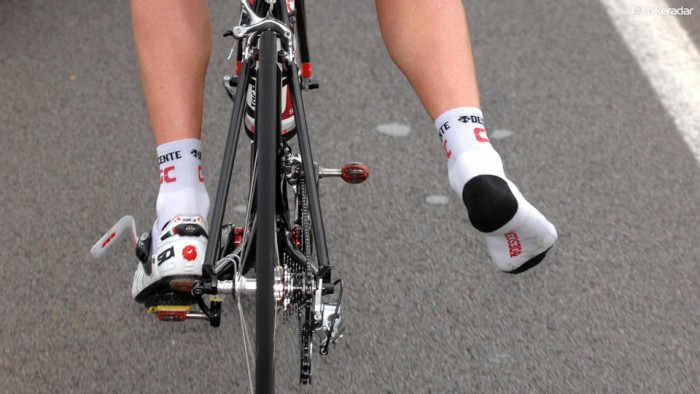
 You’ve been waking up in the morning with this intense pain on your heel and the arch of your foot, which goes away once you’ve walked around a bit. It also seems to come back whenever you’re on the downstroke while cycling. After researching your symptoms you come to the conclusion that you’re suffering from Plantar Fasciitis, but aren’t sure how to treat the condition, or prevent it from intensifying. Also, you may be wondering “what is a plantar fascia?”
You’ve been waking up in the morning with this intense pain on your heel and the arch of your foot, which goes away once you’ve walked around a bit. It also seems to come back whenever you’re on the downstroke while cycling. After researching your symptoms you come to the conclusion that you’re suffering from Plantar Fasciitis, but aren’t sure how to treat the condition, or prevent it from intensifying. Also, you may be wondering “what is a plantar fascia?”
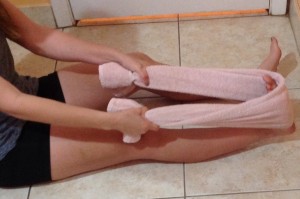
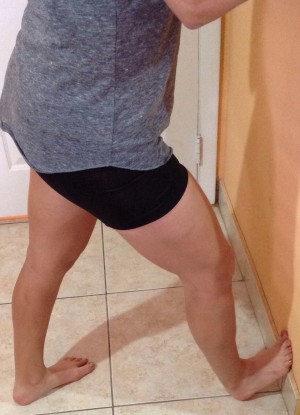
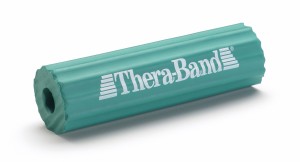
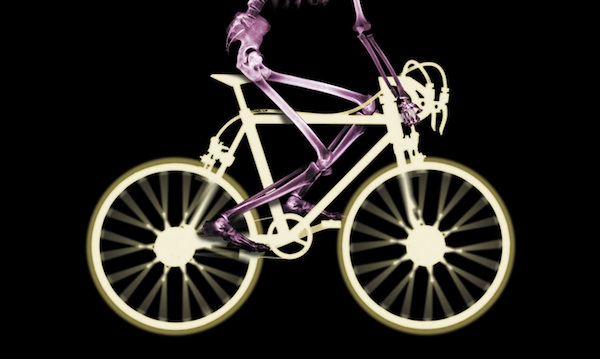 Foot pain
Foot pain